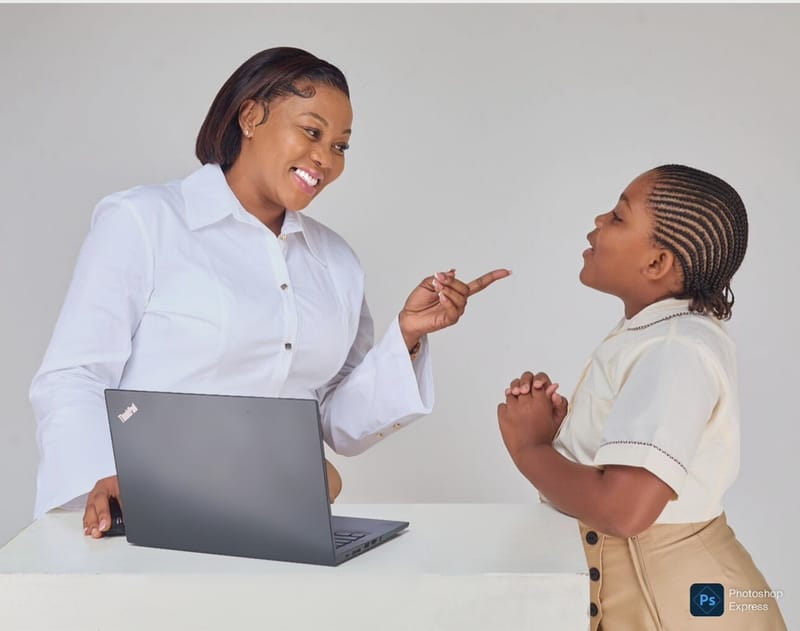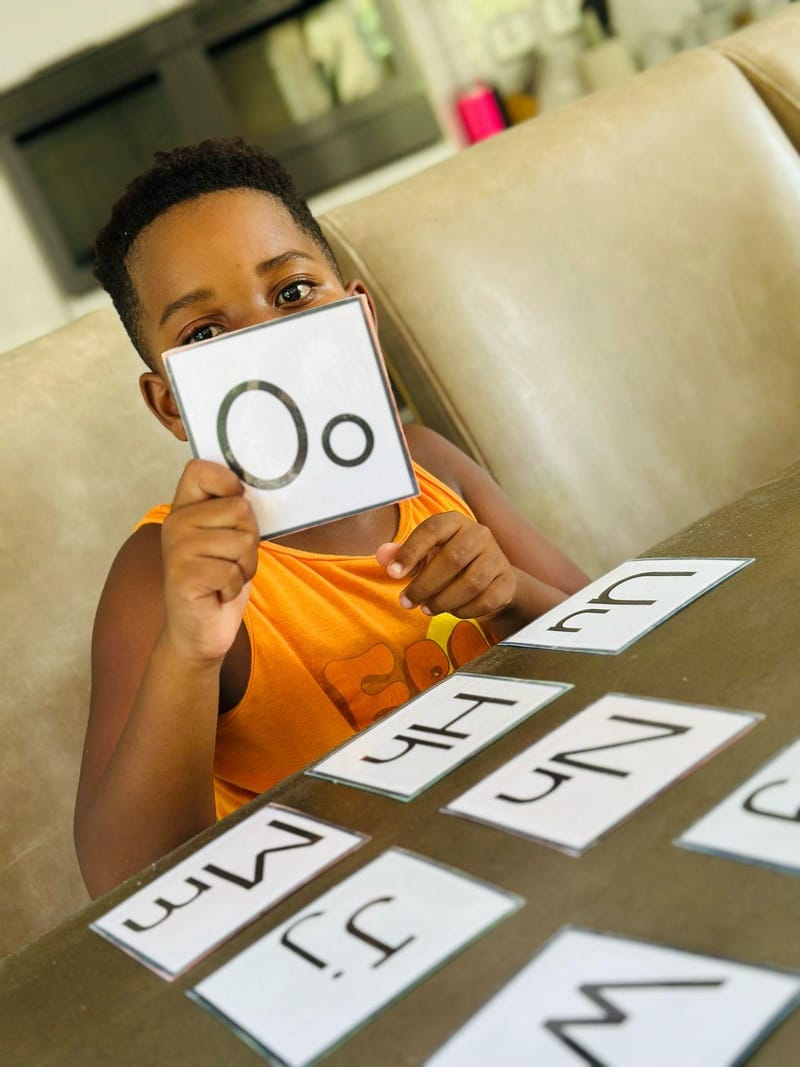Discovery Learning For All, unpacking our packages

Kinesthetic Learners
Teaching reading and writing to kinesthetic learners opens the door to a world of active and hands-on discovery. At Discovery Learning For All, we recognize that these students thrive when they can move, touch, and engage physically with the learning process, making literacy an immersive and exciting journey.
For reading, we create activities that allow students to learn through movement and tactile experiences. For example, we use story mats where students physically move from one part of a story to another, acting out scenes or arranging picture cards to sequence events. Manipulatives like letter tiles or word puzzles help students build words and understand phonics in a way that feels interactive and dynamic. Dramatic readings and role-playing bring stories to life, giving kinesthetic learners an opportunity to connect deeply with the text.
In writing, we ensure that students can physically engage with the creative process. Activities like forming letters with clay or writing on large surfaces, such as chalkboards or whiteboards, encourage muscle memory and make writing an enjoyable activity. Group storytelling games, where each student contributes while holding a tactile prop, make the writing process collaborative and engaging. Additionally, we incorporate movement-based prompts, such as asking students to act out a verb or scenario before writing about it, to bridge the connection between physical action and written expression.
Our approach for kinesthetic learners

Visual Learning
Teaching reading and writing to visual learners taps into their ability to process and retain information through images, patterns, and visual aids. At Discovery Learning For All, we design our methods to engage these students by presenting literacy skills in a visually stimulating and structured way.
For reading, we incorporate vibrant visuals and tools that help students connect with the text. Picture books, illustrated stories, and graphic novels are excellent resources to capture their interest and aid comprehension. We also use tools such as story maps, charts, and diagrams to help students visualize the structure of a story, key events, or character relationships. Color-coded word activities, like highlighting sight words or categorizing parts of speech, further strengthen their understanding.
In writing, we encourage visual learners to use tools like graphic organizers to plan their ideas before putting them on paper. Storyboards and mind maps are particularly effective in helping them break down complex thoughts into clear, visual components.
Auditory Learners
Teaching reading and writing to auditory learners involves tapping into their ability to absorb and process information through listening and verbal interaction. At Discovery Learning For All, we create an environment where sound, speech, and conversation become powerful tools for literacy development.
For reading, we emphasize activities that engage students’ auditory strengths. Read-aloud sessions, where teachers bring stories to life with expressive intonation and pacing, help auditory learners connect with the text. Pairing students to read to each other encourages collaboration and dialogue. Audiobooks and dramatized readings are also effective tools, immersing students in the rhythm and flow of language. Additionally, we use verbal discussions about stories, characters, and themes to reinforce comprehension and critical thinking.
In writing, auditory learners thrive when they can express their ideas verbally before transferring them to paper. Activities like storytelling circles, where students narrate their thoughts aloud, help them organize ideas and develop confidence in their writing skills. Dictation exercises, where students write down sentences or paragraphs read by the teacher, strengthen listening and transcription abilities. Group discussions, brainstorming sessions, and peer feedback allow auditory learners to refine their work through dialogue and shared insights.
Discovery and exploration for auditory learners revolve around sound-based projects.